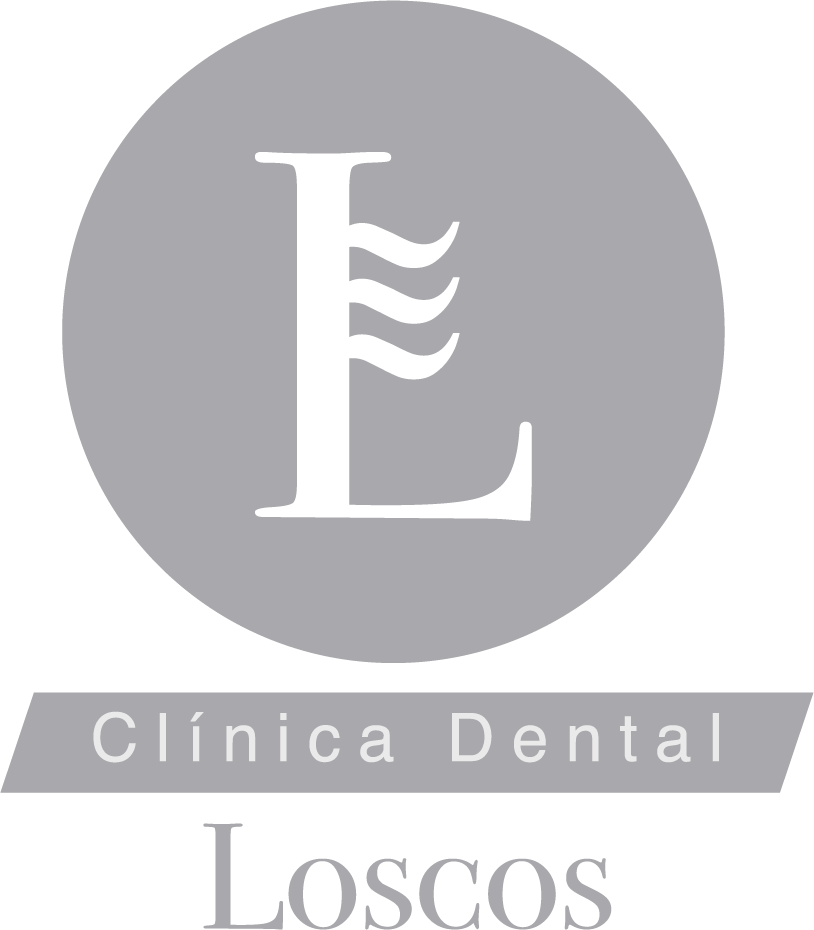Gingival microsurgery
Gingival smile
In the majority of cases in which coronary lengthening is performed, it is in patients suffering from a “gingival smile”, where short teeth are seen and a higher proportion of gum than enamel, being more frequent in young patients or after treatment orthodontics.
The procedure is simple under local and painless anesthesia, it consists of removing excess gum all guided through a smile design (DSD) previously made to the patient.
The results are immediate, since the patient has a wider smile and a lower proportion of gums.
Gingival grafts
One of the most frequent causes of the visit of patients to the clinic is due to gum problems. And one of the reasons is the “recession of the gums“, where a longer tooth is observed and there are discomforts in brushing, chewing, greater bleeding or sensitivity to cold or heat.
The most frequent cause is in young patients with good oral hygiene, but with incorrect brushing, usually fast and strong, which causes the gum to suffer a recession.
The treatment consists of a simple and painless way, in performing a microsurgery of the gum where we extract a graft from the palate and suture in the area of recession.
We differentiate three types of graft:
- Free gingival graft
- Graft connective tissue (the same as the free, but without epithelium)
- Use of synthetic materials
Dark gums
The normal color of the gum associated with aesthetics has a light pink tone that denotes health.
The “melanin pigmentation” that occurs in some people, usually in smokers, causes the gum to have a darker tone that is produced by the increased secretion of melanin, which is the substance that gives the color of our skin, apart from the accumulation of toxic substances.
There are several treatments, but the main one is done through an Er-Yag laser, being a quick, comfortable and painless solution for the patient.


